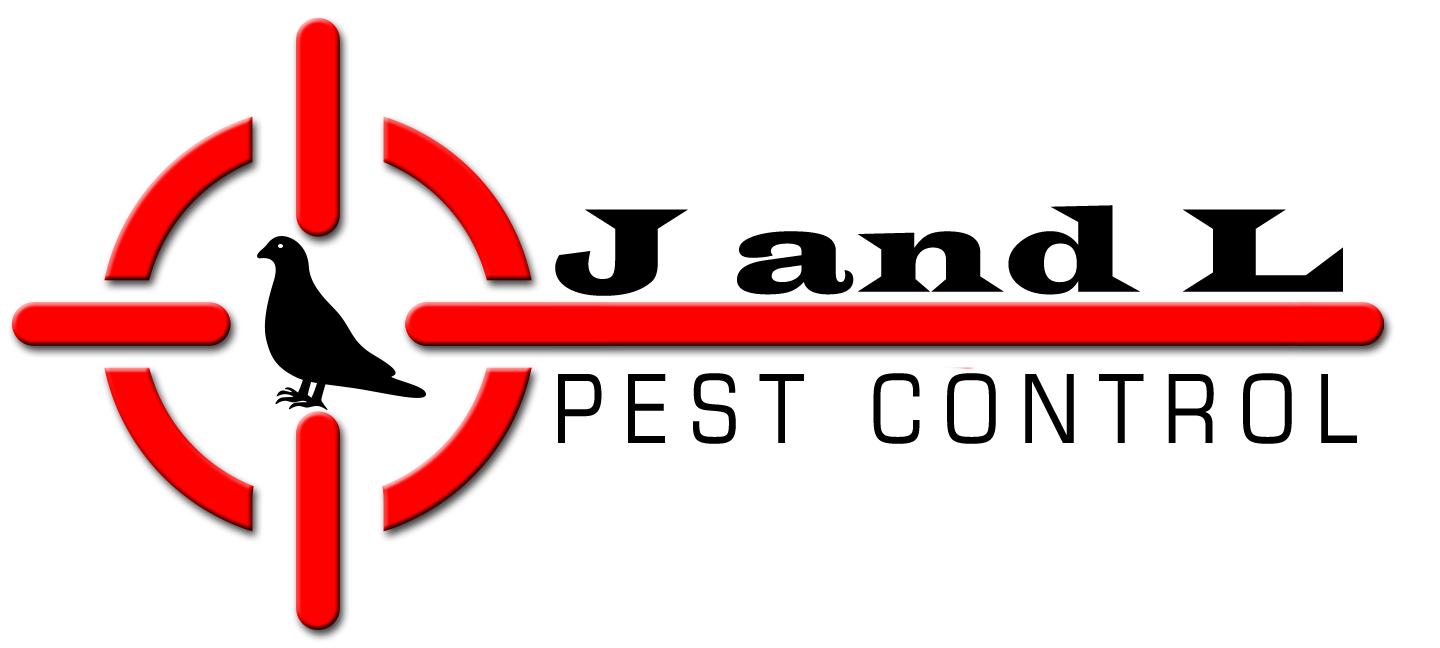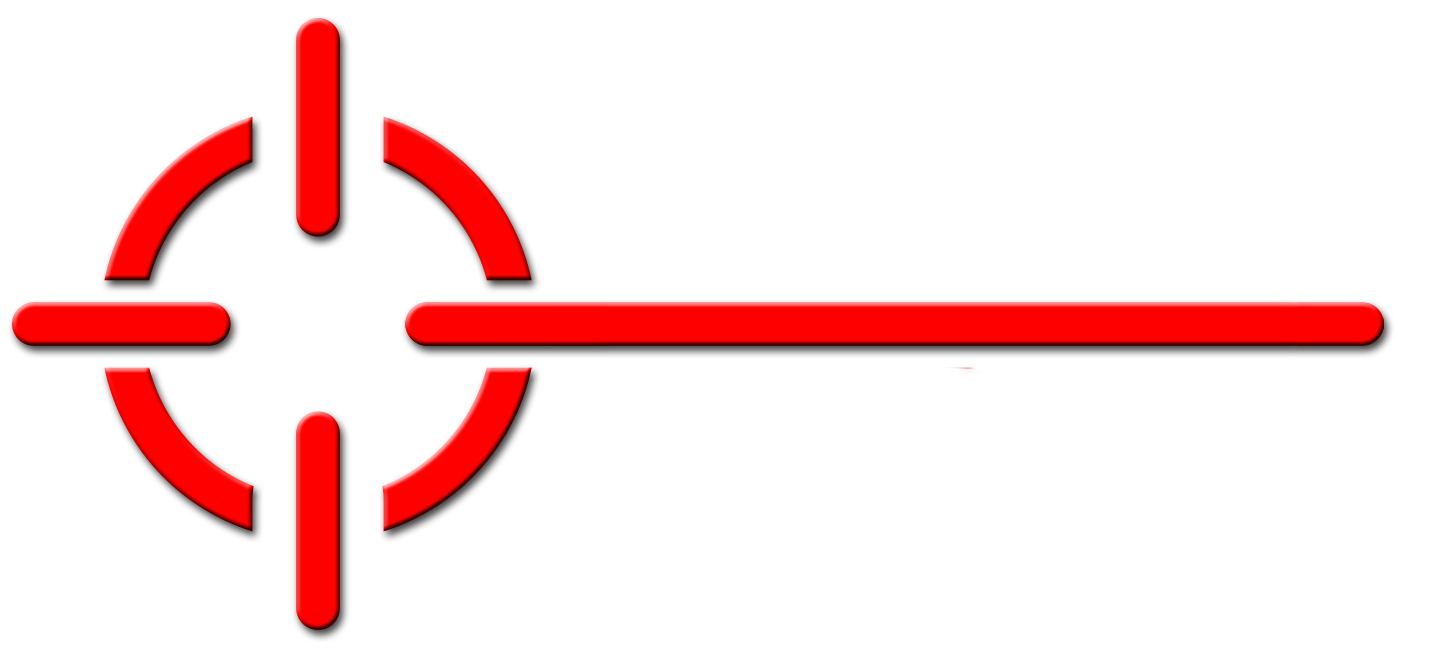
J & L Pest Control is a family owed business that has been practicing Integrated Pest Management (IPM) services since it was founded.
T (631)-605-9919
Email: jandlpestcontrol@gmail.com
J & L Pest Control
1090 Martinstien Ave.
Bay Shore, NY 11706

INTRODUCTION. Their common name reflects that they routinely peck wood, for food (insects), for shelter (nests), and for drumming to establish territories and attract mates. Woodpeckers may be nuisance or damaging pests when they attack wood structures, but they are federally protected. Although this family includes the sapsuckers (horizontally band a tree trunk with small f/2"/6 mm holes) and the flickers, this section is restricted to woodpeckers. There are 22 species found in Canada, the United States, and Mexico.
RECOGNITION. Depending on the species, adults about 6-18" (15.2-45.7 cm) long. Color varies greatly between species but most males with some red on head and many species with black and white marks. Bills stout, sharply pointed, chisellike. Tail feathers stiff and spiny, used as support prop. Legs short, each with 2 sharp-clawed backward-pointed toes.
BIOLOGY. This can be summarized for the 4 representative species as follows:
1. Downy woodpecker. Females lay 4-5 white eggs. The incubation period is 12 days. The young hatch helpless and are dependent on parental care. Young birds leave the nest in about 12 days. There are 1-2 broods per year. They feed on a variety of insects including wood-boring beetles; also found at feeders for suet and sunflower seeds.
2. Hairy woodpecker. Females lay 4-6 white eggs. The incubation period is 11 -12 days. The young hatch helpless and are dependent on parental care. Young woodpeck¬ers leave the nest in 28-30 days. There is 1 brood per year. They feed on a variety of insects including wood-boring beetles; also found at feeders for suet and sunflower seeds.
3. Pileated woodpecker. Females lay 3-5 white eggs. The incubation period is 15-16 days. The young hatch helpless and are dependent on parental care. Young birds leave the nest in about 28+ days. There is 1 brood per year. They feed on carpenter ants (especially in winter), beetles, and other insects; they also feed on seeds and come to feeders for suet mixes.
4. Red-bellied woodpecker. Females lay 3-8 white eggs. The incubation period is 12¬14 days. The young hatch helpless and are dependent on parental care. Young woodpeckers leave the nest in 25-30 days. There are 2-3 broods per year. They feed on wood-boring beetles, grasshoppers, ants, other insects; they also eat fruit, berries, acorns, beechnuts, seeds, and come to feeders with suet.
HABITS. Woodpeckers occasionally achieve pest status because of their drumming on structures and/or attacking wood structures because of an insect infestation, for nut storage, or as a potential nesting site. For drumming purposes, they prefer substrates that resonate loudly, such as gutters, vents, metal siding, drain pipes, chimney caps, roof vents, etc. Drumming may be done several times each day and can continue for several days or weeks. It may result in damage to the surface used and/or a most annoying racket. Woodpeckers will attack the wood of a structure especially if it is insect infested. The acorn woodpecker (Melanerpes formicivorus Swainson), which occurs in the western and southwestern states, drills a series of closely spaced holes just large enough to store 1 acorn in each. Sometimes wood is pecked and explored as a possible nesting site, with cedar and redwood siding being preferred.
CONTROL. Woodpeckers are protected by the Federal Migratory Bird Treaty Act as migratory, nongame birds. Some species are also protected by state laws. Two species are on the Endangered Species list, namely the red-cockaded woodpecker (Picoides borealis Vieillot) and the ivory-billed woodpecker (Campephilus principalis Linnaeus). Exclusion is the best overall control technique. To prevent further damage to wood beneath the eaves, plastic bird netting can be installed from the gutter angled back to the siding below the damaged area. Metal sheeting (aluminum usually best) painted to match the siding can be installed over the area being attacked; hardware cloth can also be used but should be raised on 1" (2.5 cm) wood spacers. Occasionally repellents, such as bright aluminum/plastic strips, noise makers, and sticky/tacky gels, may give some relief.
Please call us today for a free no obligation quote for the control of these birds.
